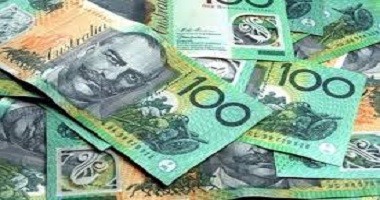 During the Asian trading session this morning Australia reported its employment report covering the first month of 2015. Economists expected a weak figure and were looking for job losses of 5,000 in January while the unemployment rate was expected to increase by 0.1% to 6.2%. A range of factors were pointing towards a weaker employment figure such as ANZ Job Advertisements which rose only 1.3% in January.
During the Asian trading session this morning Australia reported its employment report covering the first month of 2015. Economists expected a weak figure and were looking for job losses of 5,000 in January while the unemployment rate was expected to increase by 0.1% to 6.2%. A range of factors were pointing towards a weaker employment figure such as ANZ Job Advertisements which rose only 1.3% in January.
Forex traders received a negative surprise this morning as the employment report was released in Sydney. The Australian economy lost 12,200 jobs in January and the unemployment rate rose by 0.3% to 6.4%. This rattled traders and the Australian Dollar fell further out of favor with forex traders. This is in addition to the surprise interest rate cut of 0.25% announced by the Reserve Bank of Australia to 2.25%. Economists as well as trader expected no change.
Making the report a bit grimmer was the loss of 28,100 full-time positions which is likely to impact other sectors of the economy. 15,900 part-time positions were added which is not encouraging news. This is likely to impact consumer psychology going forward as the lack of job security. This may result in a decrease in retail sales which would further point towards a weaker Australian Dollar. The RBA has talked the Australian Dollar lower and after acting with the cut in interest rates the situation may be more severe than previously thought.
There were two slightly encouraging news in today’s labor report. The labor force participation rate remained unchanged at 64.8%. Economists expected a minor decrease down to 64.7% from December 64.8%. The other positive was an upward revision to December’s figure which now shows an increase of 42,300 jobs. The revision came as full-time employment was revised higher to show the addition of 46,400 jobs while part-time jobs remained unchanged. This may have limited the sell-off in the Australian Dollar.
One additional reason why the Australian currency may have not entered a bigger sell-off was the Australian report on consumer inflation expectations for February which rose to 4.0%. This was an increase of 80 points or 25% as compared to January’s consumer inflation report which showed an increase of 3.2%. Forex traders should carefully analyze the Australian Dollar, but the risk currently remains to the upside as further interest rate cuts are not likely.







